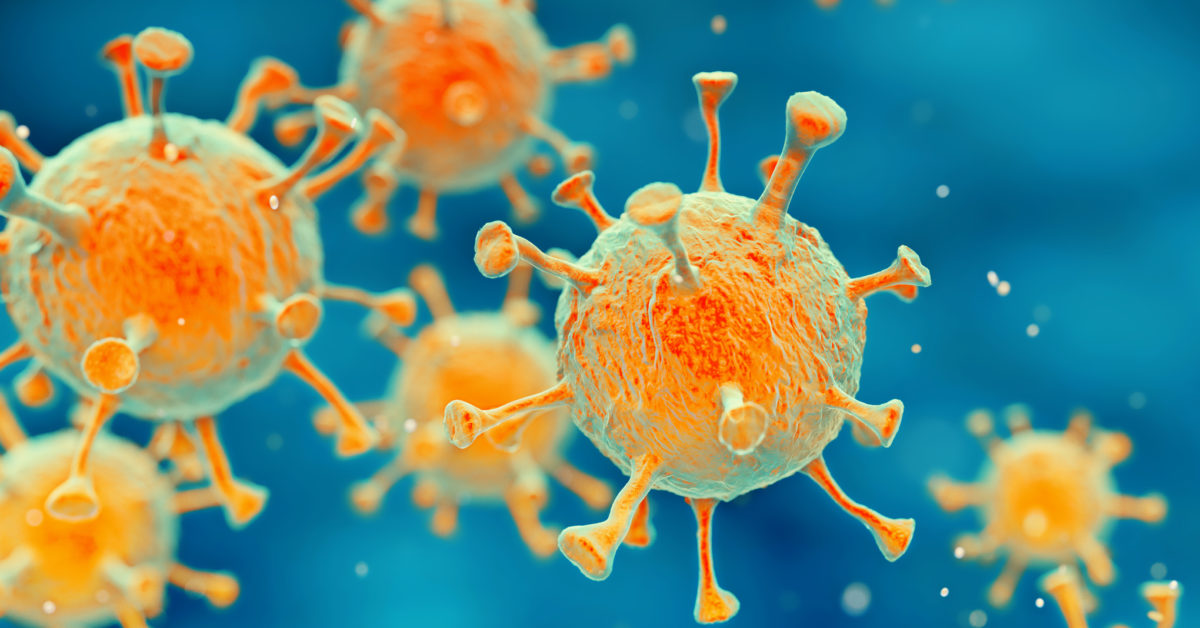A new study from Cornell University has made a discovery about SARS-CoV-2 that may help researchers develop an appropriate treatment.

Five researchers from Cornell University in Ithaca, New York, set out to learn more about the structure and mechanisms related to two coronaviruses that have created turmoil in the past. These are SARS-CoV, the virus that can lead to severe acute respiratory syndrome (SARS), and MERS-CoV, which can trigger Middle East respiratory syndrome (MERS).
But in the context of the current COVID-19 pandemic, the scientists — Tiffany Tang, Miya Bidon, Javier Jaimes, Ph.D., Gary Whittaker, Ph.D., and Prof. Susan Daniel — soon turned their attention to the new coronavirus, SARS-CoV-2.
In their initial, as well as current research, the investigators were particularly interested in the function of the spike protein. This is a protein that viruses use to transfer their genetic information into cells, causing infection.
Stay informed with live updates on the current COVID-19 outbreak and visit our coronavirus hub for more advice on prevention and treatment.
The investigators now report their findings in the journal Antiviral Research.
In their research, the scientists looked, specifically, at fusion peptides, short-chain amino acids present in the spike proteins of the coronaviruses that they were studying.
To infect a cell, the viruses go through a multistep process called “membrane fusion,” which ultimately allows them to “inject” their genetic information into the cell they are infecting.
Membrane fusion happens once the virus locates a cell that is susceptible to infection. The virus does this by taking chemical cues from its environment. Finally, the virus attaches to the receptor of the target cell via the spike protein.
At this point

